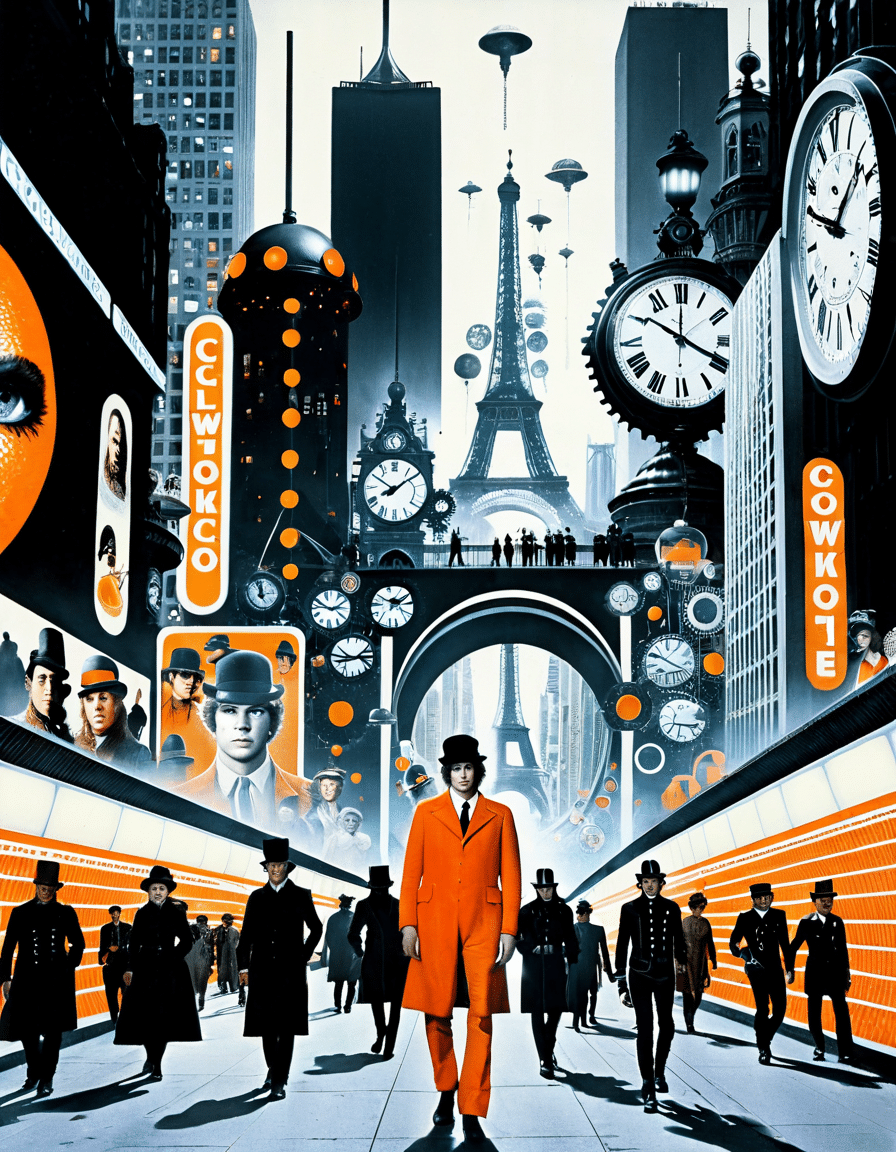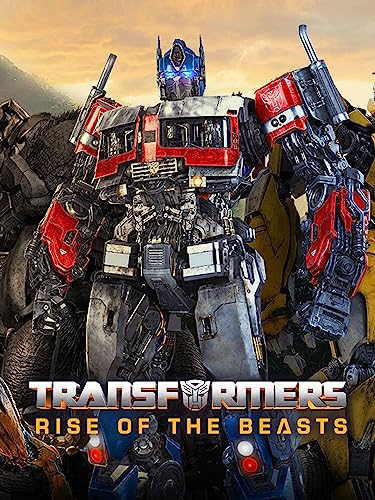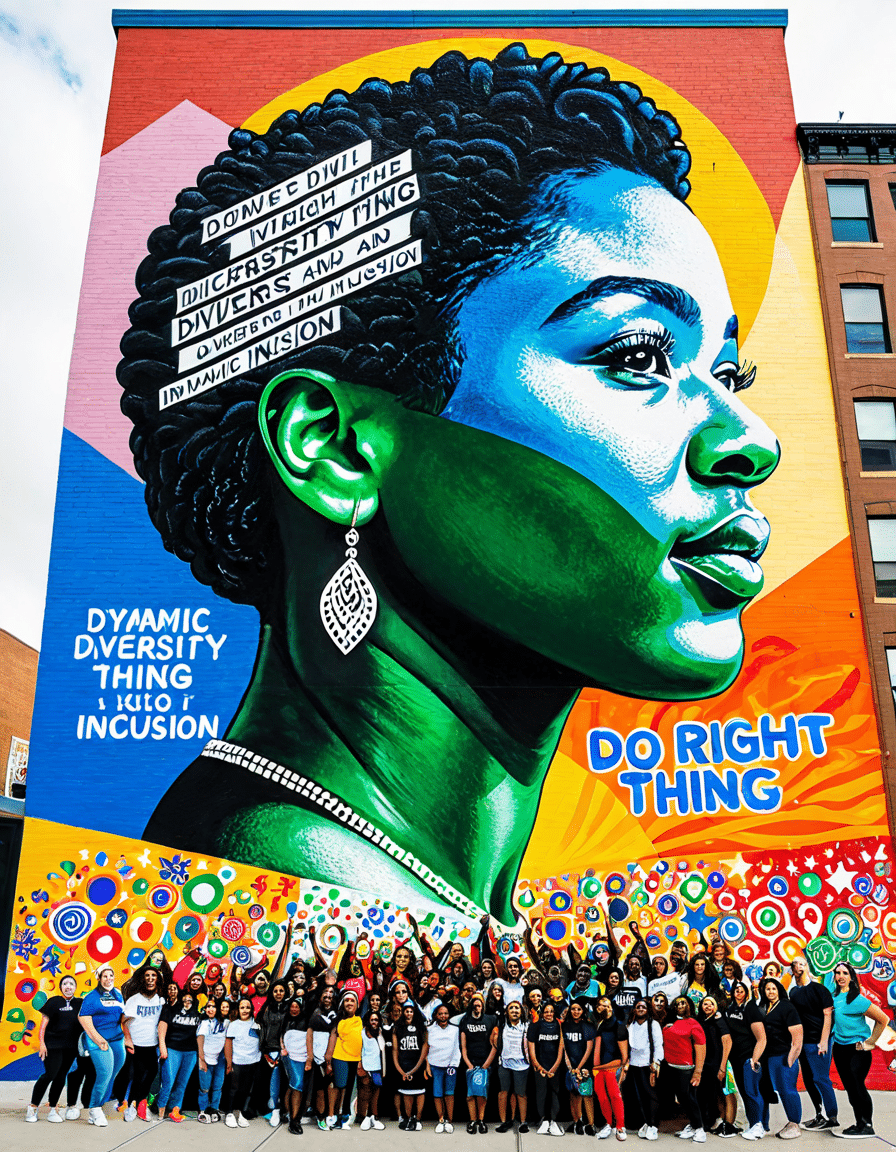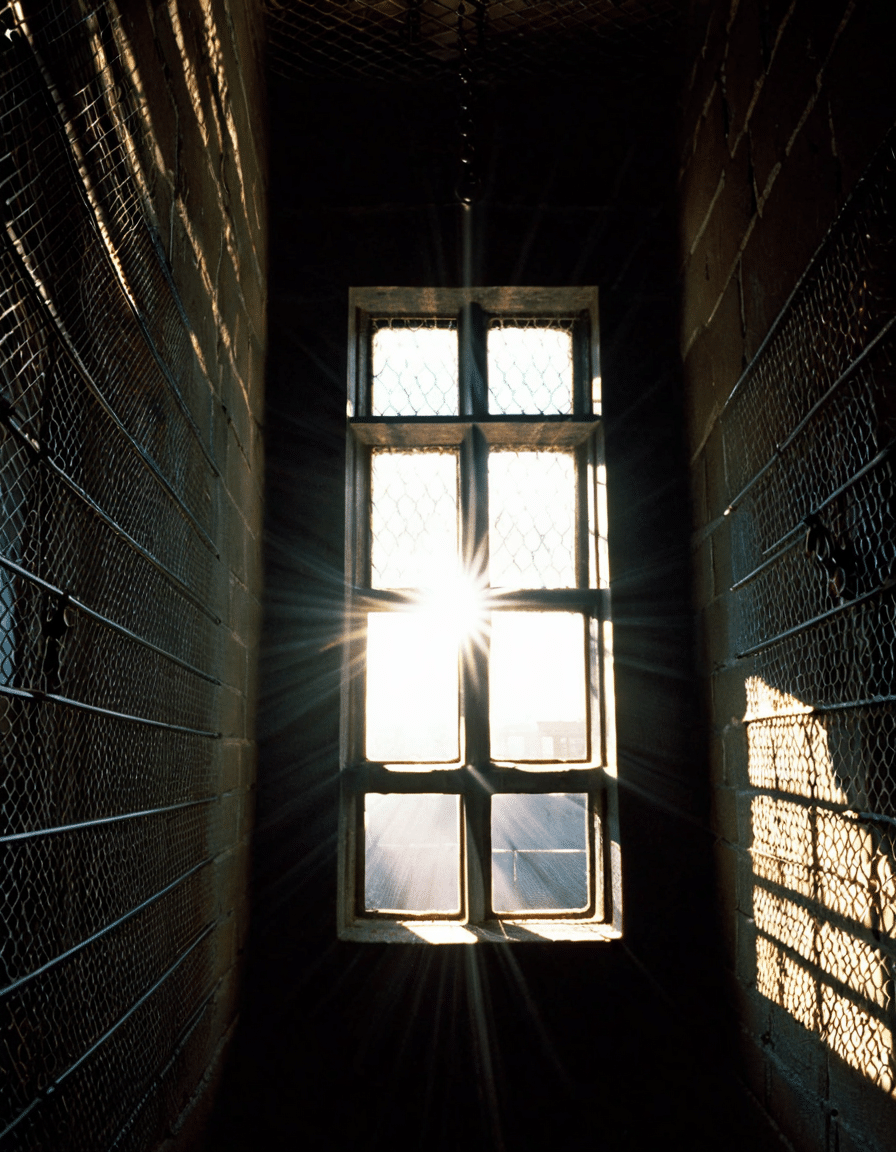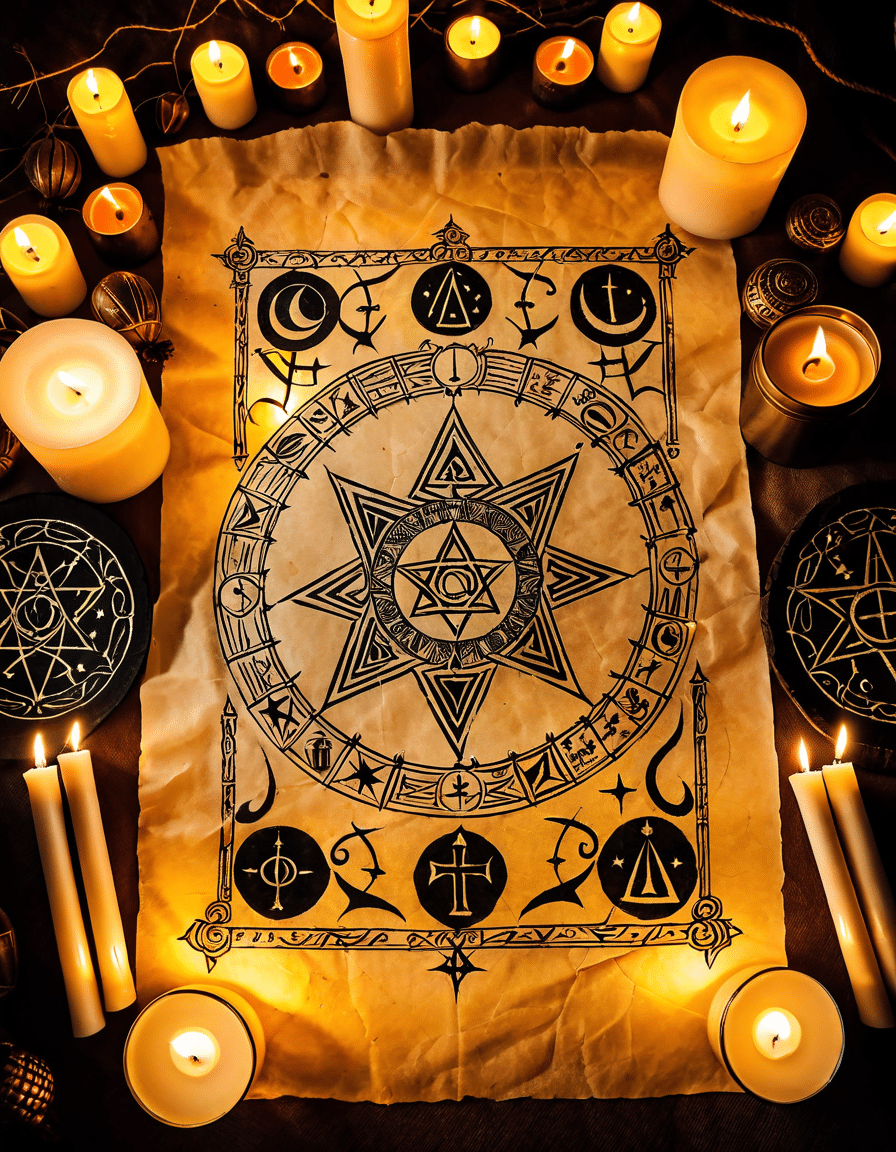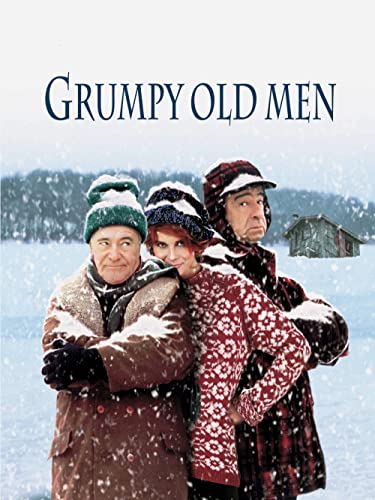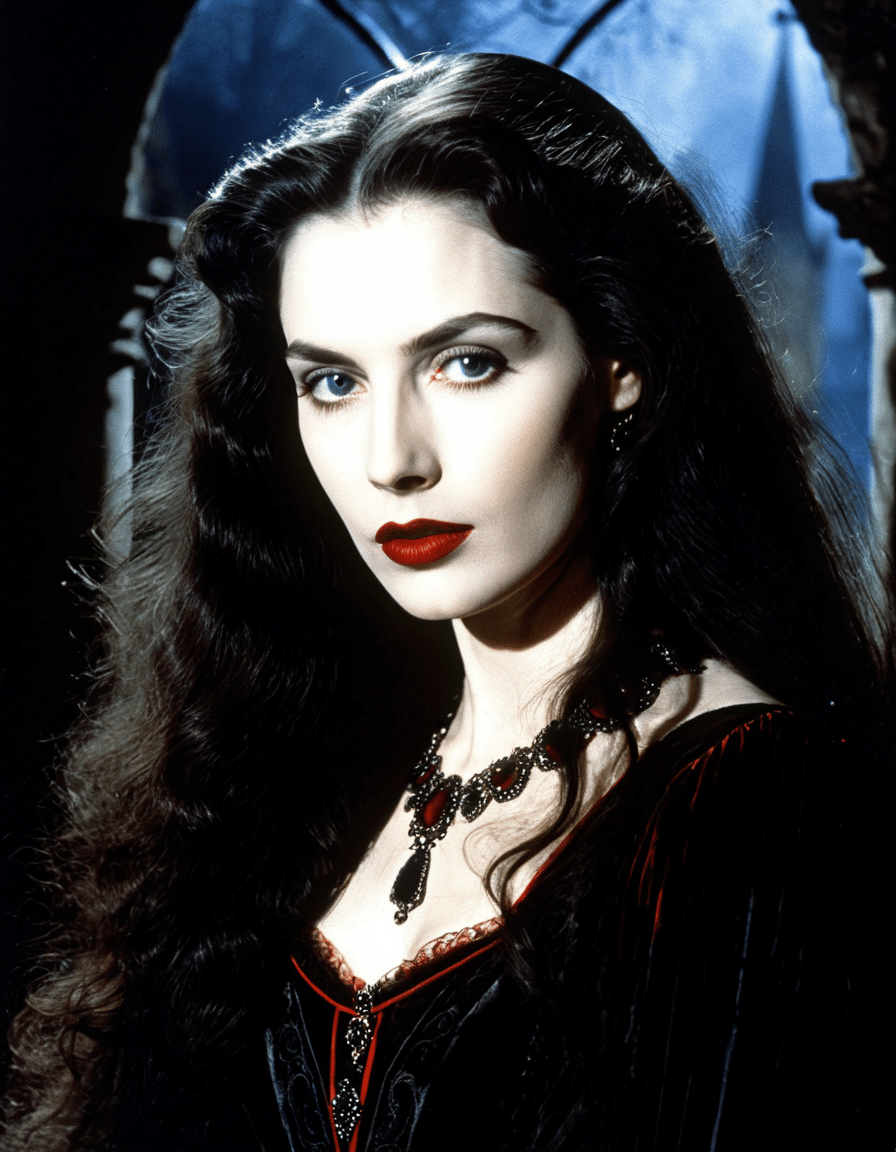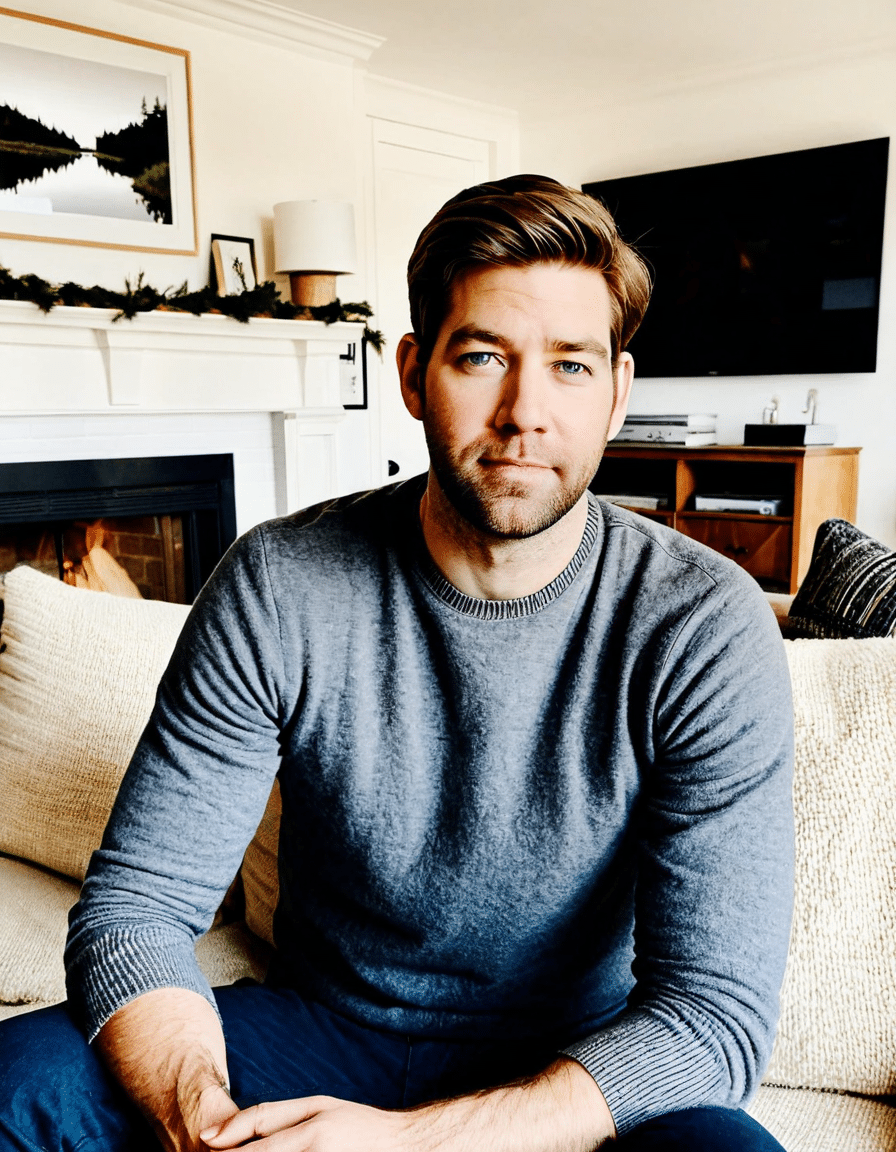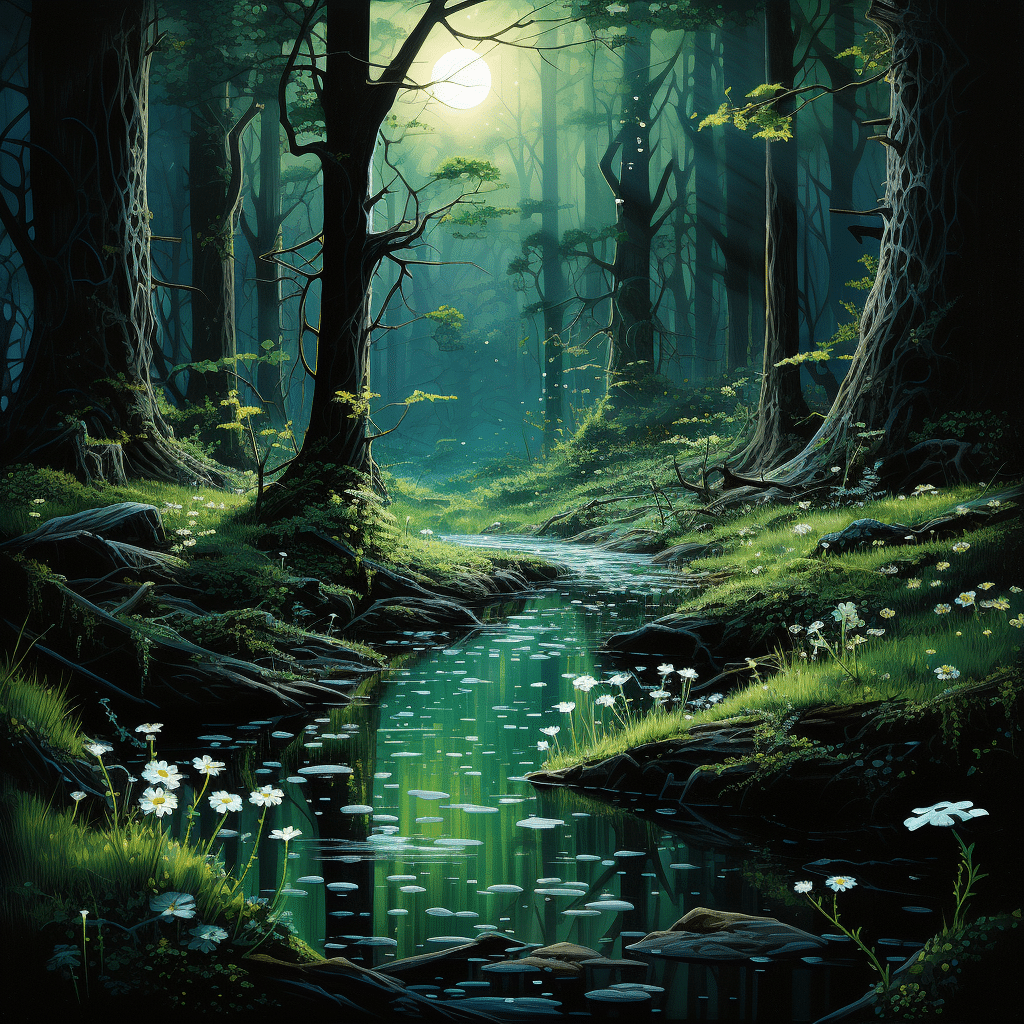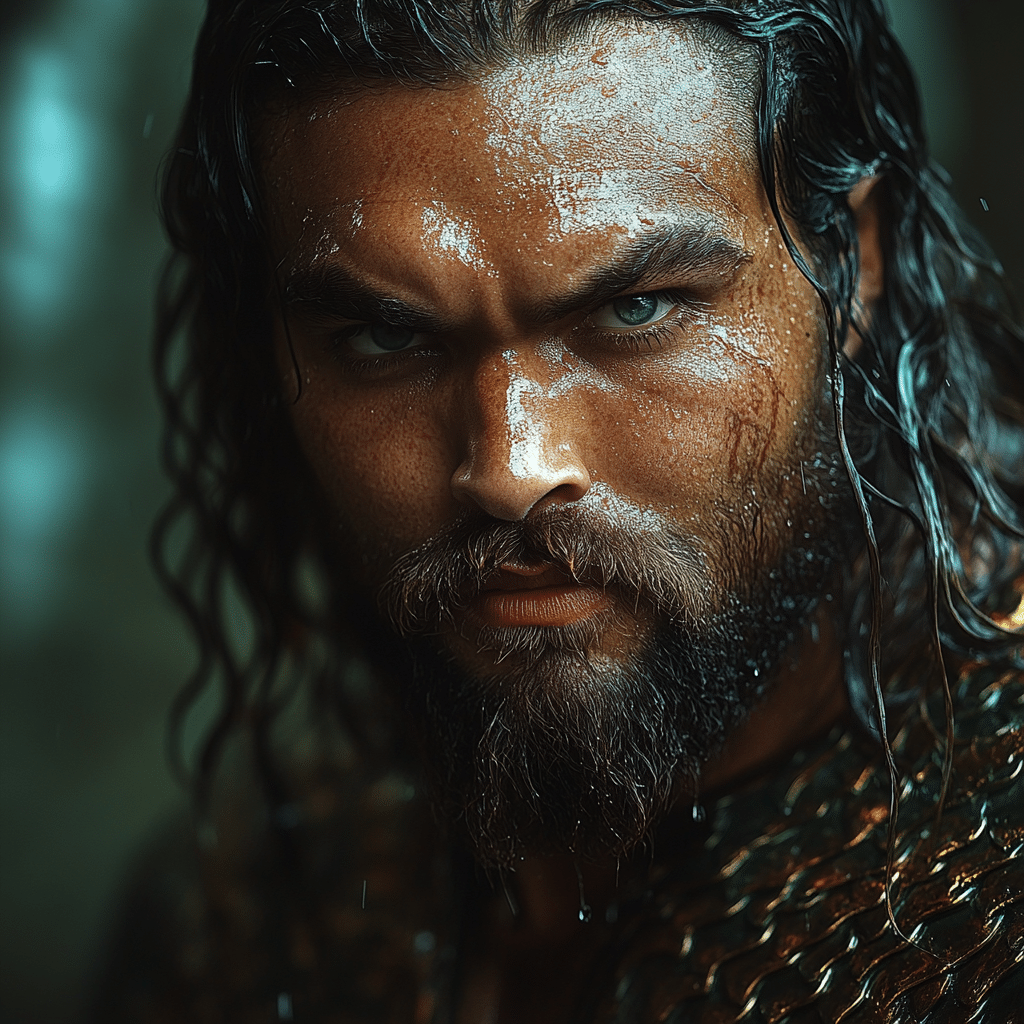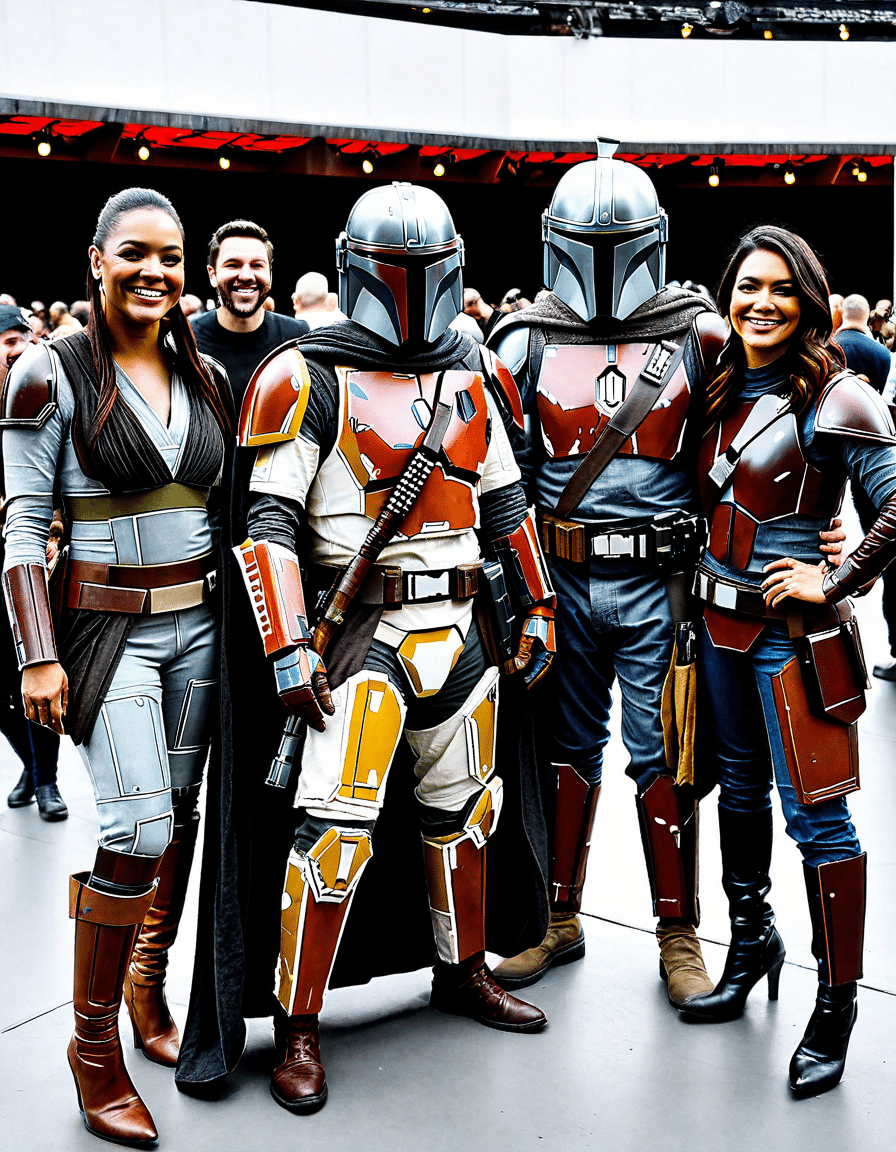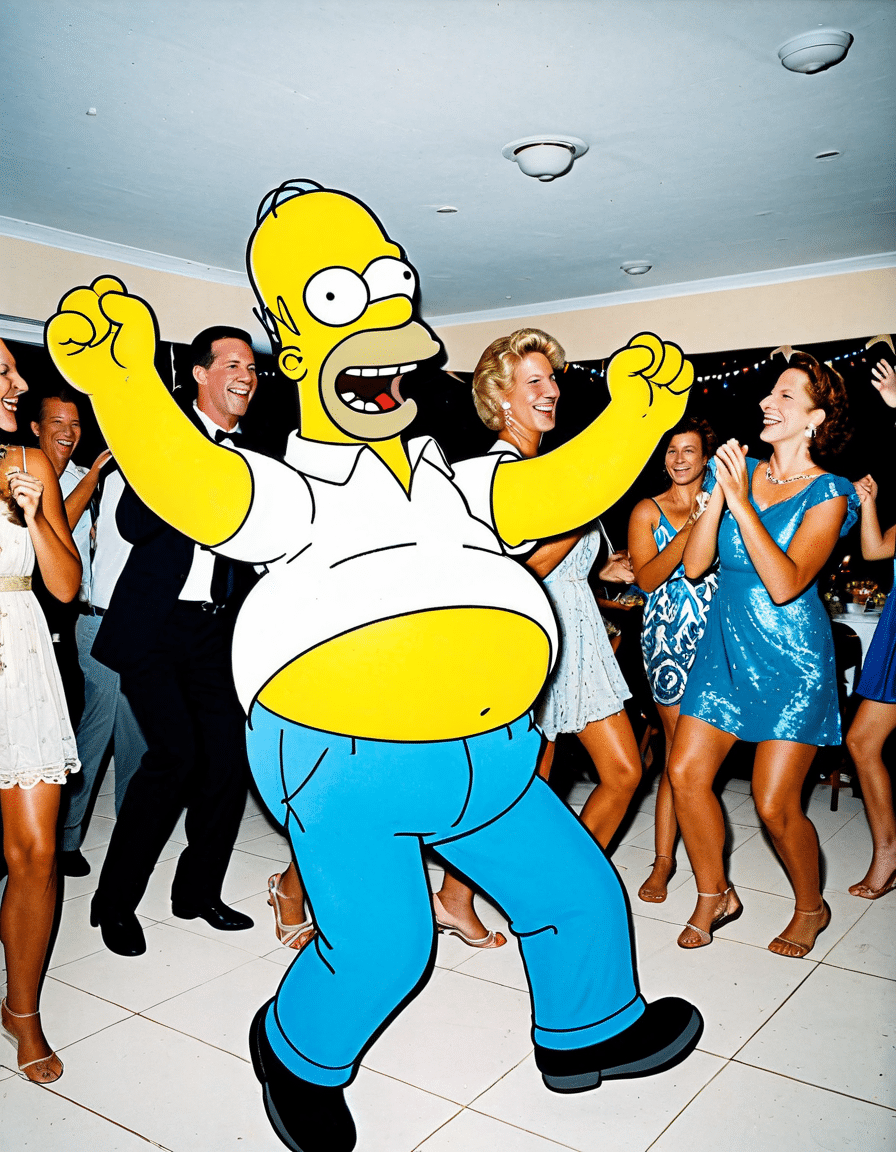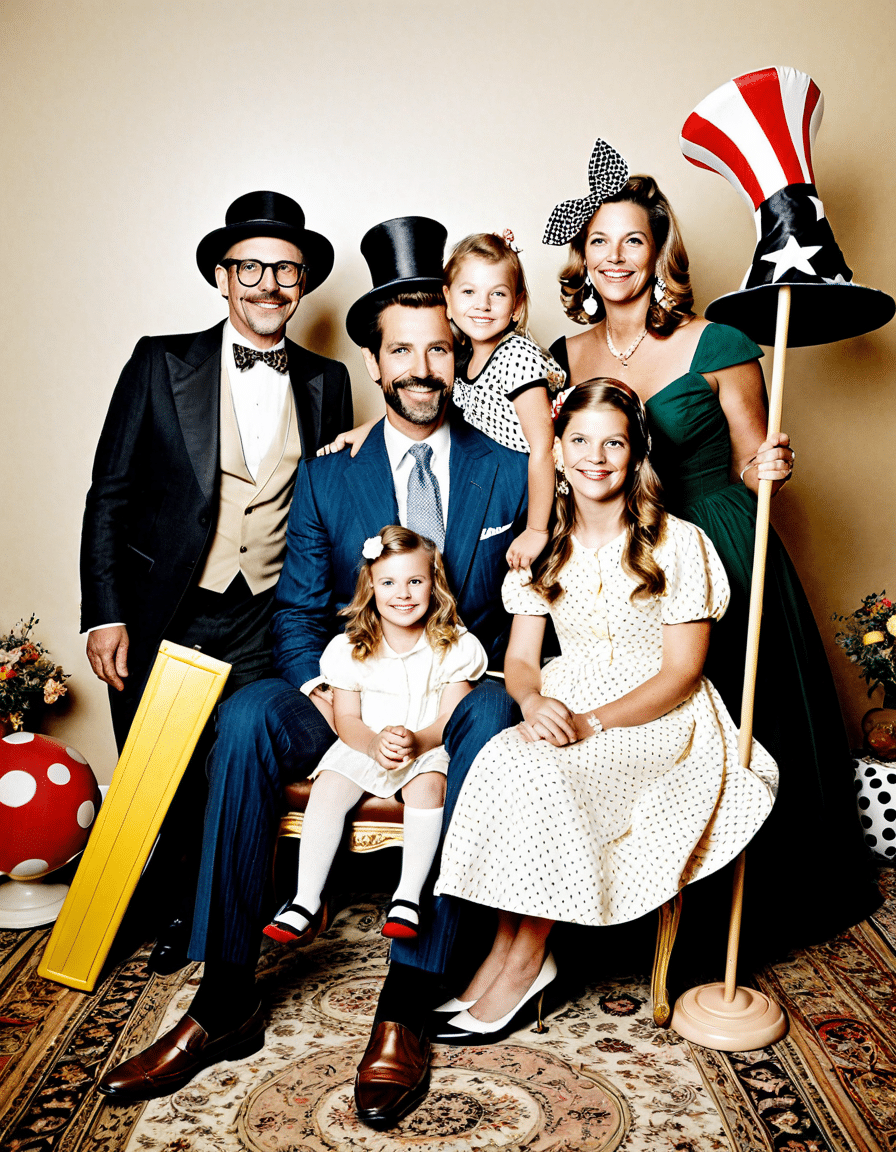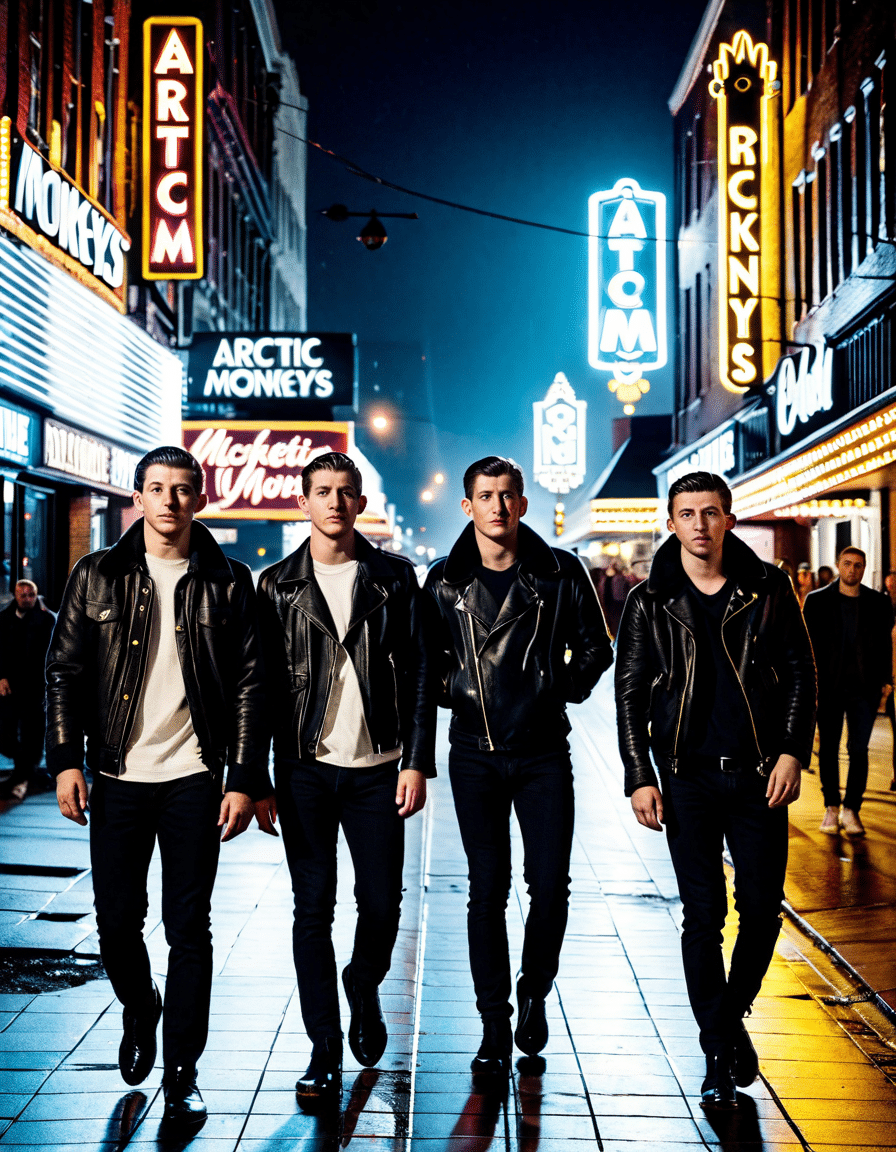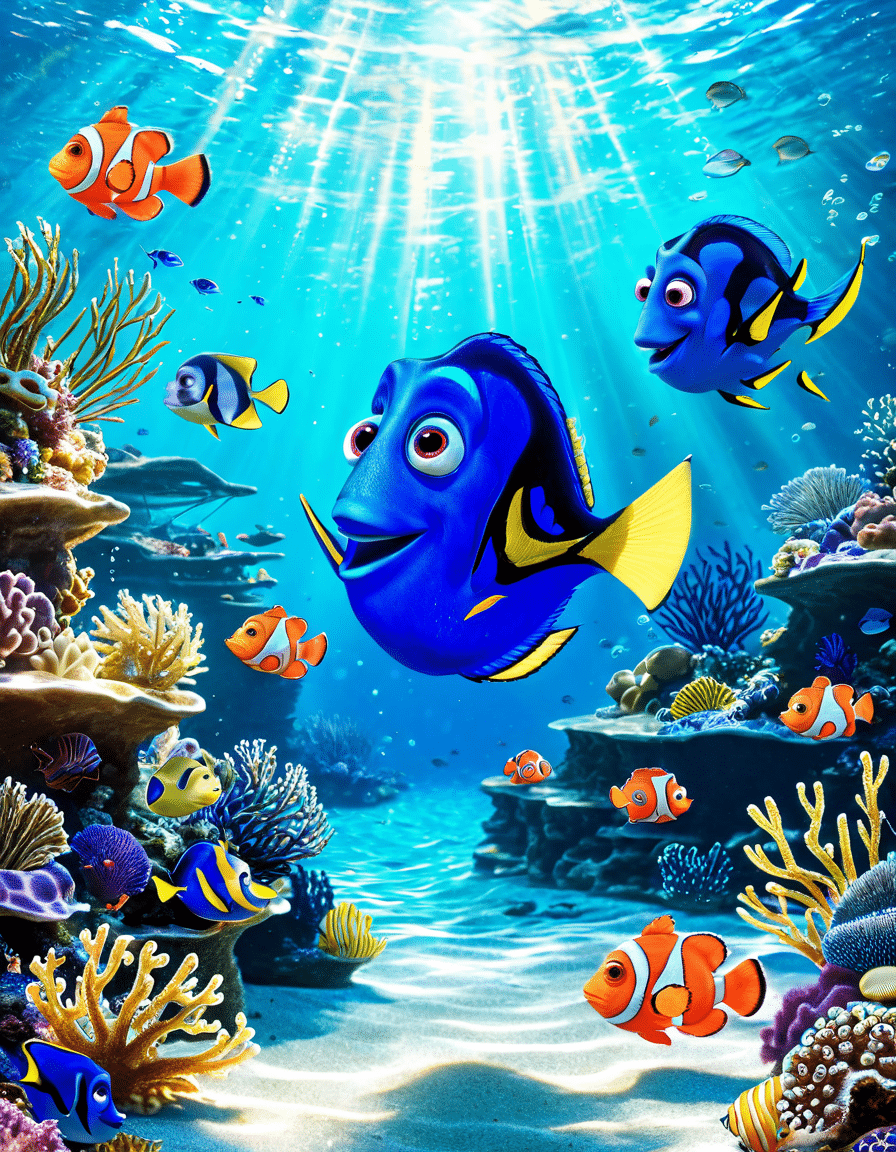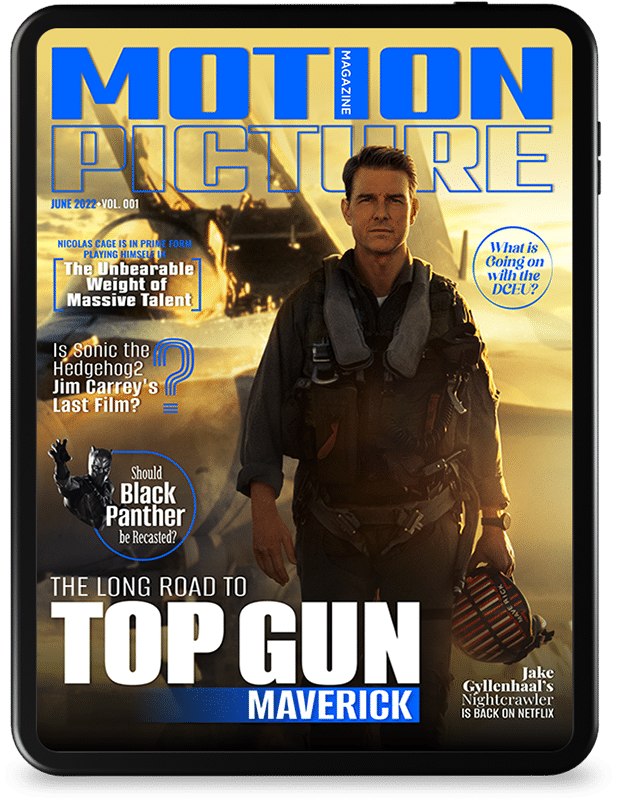Stanley Kubrick’s A Clockwork Orange, released in 1971, remains a monumental piece of cinema that delves into the human psyche and societal constructs. The film’s shocking portrayal of violence mixes artistic aesthetics with socio-political commentary, resonating deeply in today’s world, particularly in the context of modern dystopian narratives. As audiences in 2026 explore the boundaries of morality and freedom in cinema, here are seven unsettling themes from A Clockwork Orange that continue to provoke thought and discussion.

1. The Duality of Free Will and Control
At the heart of A Clockwork Orange is a profound conflict between free will and societal control. Kubrick masterfully forces viewers to confront the morality of predestination amid rising authoritarianism. Meet Alex, the film’s protagonist, who represents the tug-of-war between liberation and incarceration. He makes choices, sometimes terrible ones, that reflect our own struggles with freedom in a tech-driven society. For example, the algorithms of companies like Facebook and Instagram manipulate our choices daily. You could say they’re the uncanny puppeteers behind our screens, pulling the strings of our decision-making like a dreaded villain in a horror flick!
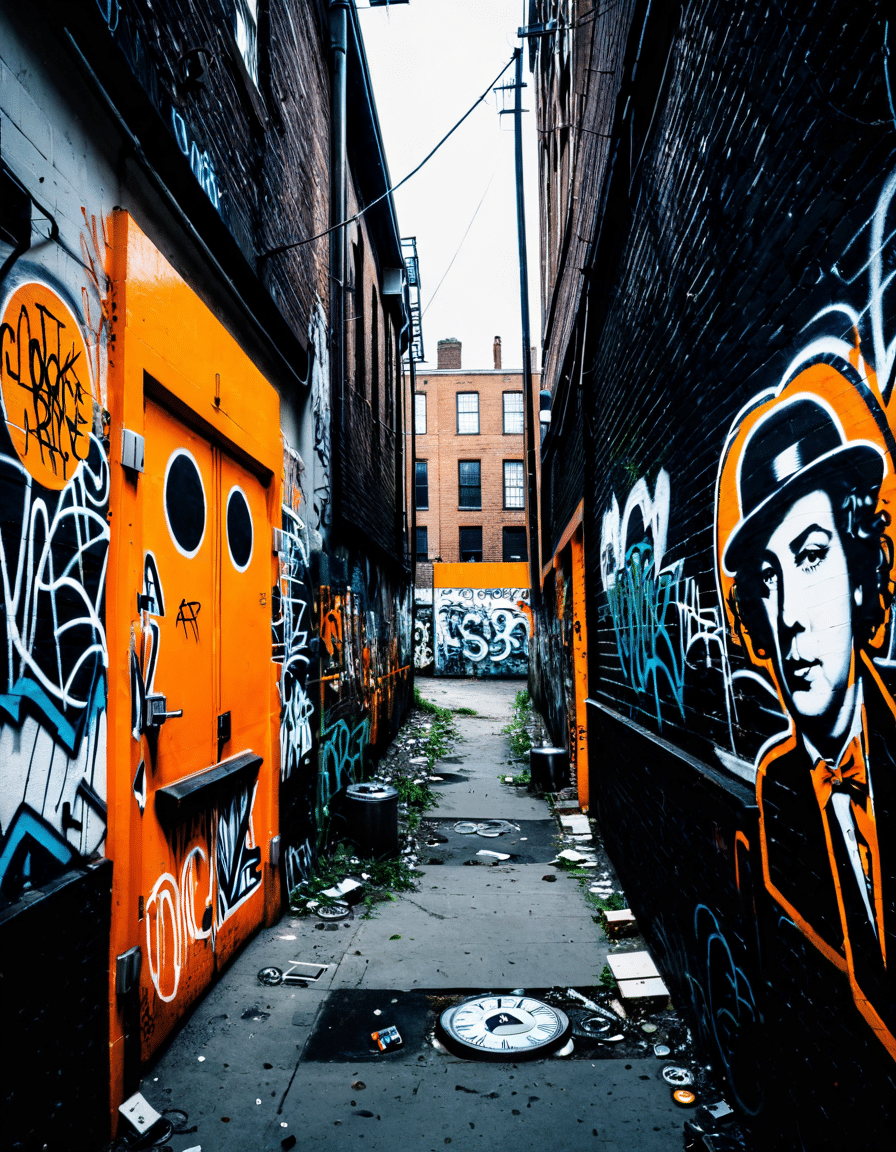
2. The Aesthetics of Brutality
Kubrick’s distinct visual style complements the film’s jarring subject matter. The juxtaposition of classical music against savage acts of violence creates a tension that’s hauntingly beautiful. Remember the iconic scene where Alex and his crew gleefully sing “Singin’ in the Rain” during a home invasion? This technique raises profound questions about our society’s normalization of brutality. Today’s streaming platforms, like Netflix, don’t shy away from such stylistic choices either, as seen in shows like The Punisher. It leaves audiences dazzled yet deeply unsettled, which makes you wonder—has art found a way to make violence look fashionably palatable?
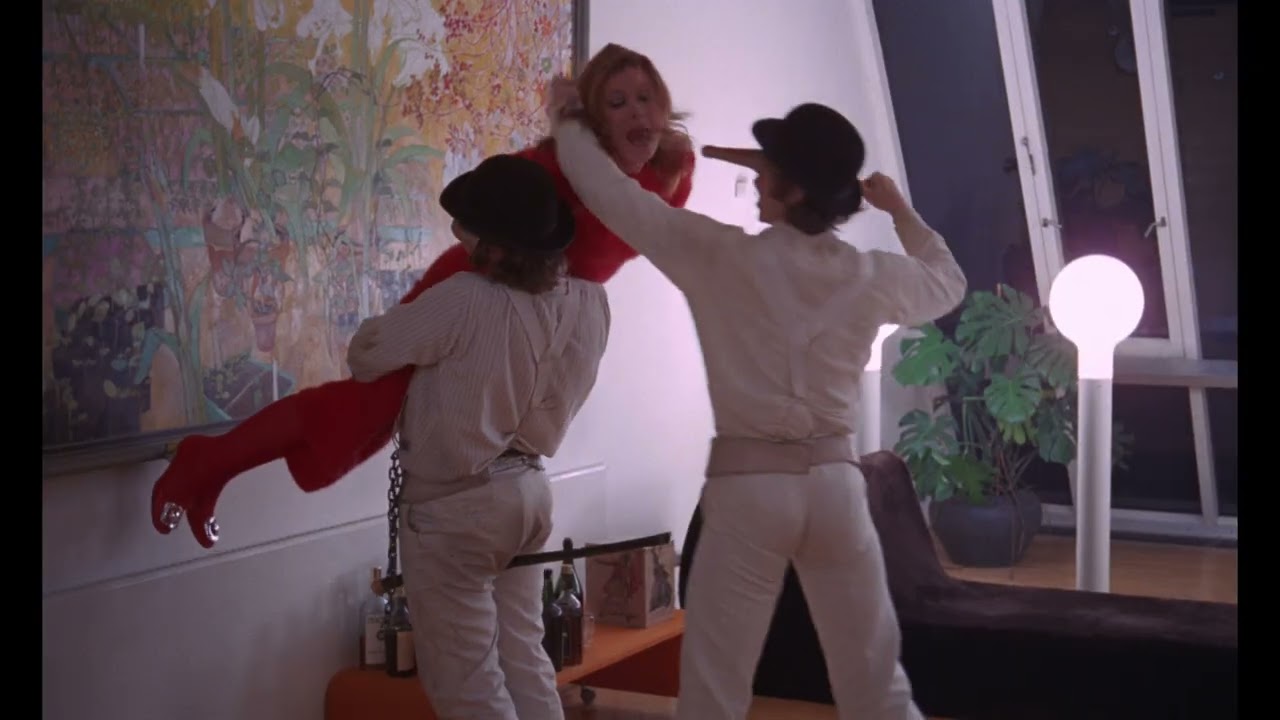
3. The Reflection of Youth Rebellion
When you think about youth culture in A Clockwork Orange, you realize it starkly reflects a dystopian view of the future. Alex epitomizes a generation caught in a web of disillusionment and rebellion. Fast forward to 2026, and we see this same angst embodied in movements like the Fridays for Future climate strikes. Today’s youth are rising up, screaming at the top of their lungs for change, but guess what? They’re focused on global challenges rather than personal violence. That’s a hopeful twist, don’t you think?
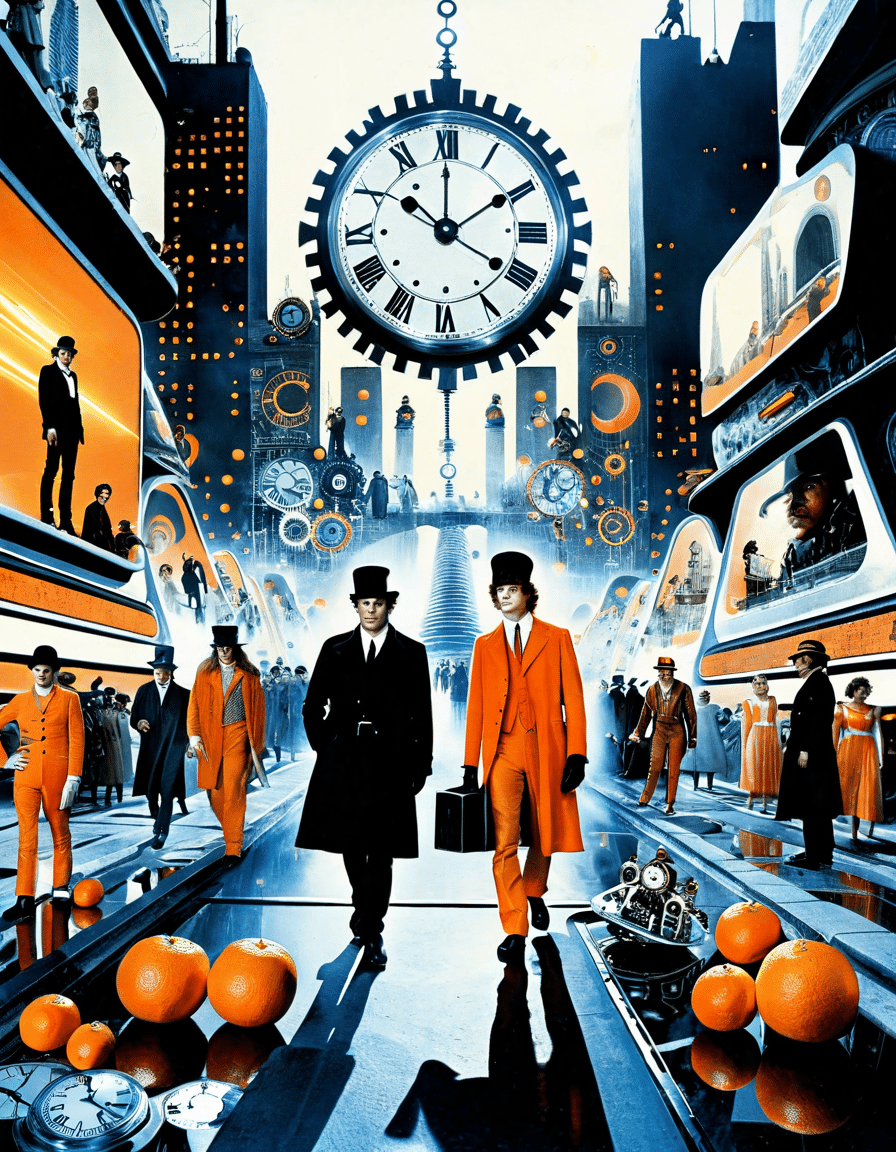
4. Media’s Role in Desensitization
Ready for yet another chilling theme? A Clockwork Orange dives into how media influences societal perception of violence. The film eerily suggests that constant exposure to graphic imagery leads to a desensitized public. With today’s avalanche of violence in movies, video games, and social media, its relevance has never been higher. Studies indicate that people consuming violent content regularly may develop troubling behavioral patterns. As discussions about media regulations heat up, one thing is clear; it’s a slippery slope when art reflects real life so accurately.
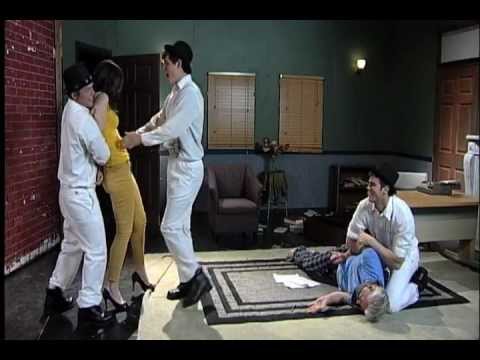
5. Nostradamus and Prophetic Visions of Dystopia
Ever thought of Alex as a modern-day Nostradamus? Both portray a prophetic sense of societal decay. Kubrick voiced an adaptation of Anthony Burgess’s novel that hints at an apocalyptic future. His warnings echo loud and clear amidst today’s climate change debates and political polarization. Wouldn’t Nostradamus have a field day analyzing our current ethos? Flipping through his predictions feels eerily relevant when reflecting on issues like loss of freedom and moral degradation in 2026.
6. The Paradox of Rehabilitation
Let’s tackle rehabilitation, shall we? The Ludovico Technique, designed to rid Alex of violent tendencies, complicates our understanding of psychological treatment. It questions whether true rehabilitation can exist when it involves psychological manipulation. In 2026, the debates around criminal justice reform and rehabilitation versus punishment are as fiery as ever. Fortunately, movements like Restorative Justice emphasize moral agency and the power to change, bringing a glimmer of hope to this age-old dilemma. So, when we think about rehabilitation, perhaps it’s time to rethink our definitions.
7. Dystopian Aesthetics in Modern Cinema
Finally, let’s shine a light on how A Clockwork Orange influenced the aesthetics of contemporary dystopian cinema. Movies like The Hunger Games and Blade Runner 2049 borrow from the thematic and visual motifs Kubrick established. These films explore the darkest corners of society, much like their predecessor, presenting a tapestry of fear reflecting today’s societal anxieties. As we wade through the horror and beauty of modern cinema, isn’t it fascinating how these dystopian visions react to our reality, particularly in the age of social media?
The Lasting Impact of A Clockwork Orange
Stanley Kubrick’s A Clockwork Orange continues to reverberate through our cultural landscape, helping us make sense of current struggles and societal issues. Its probing critique of free will, societal control, media desensitization, and youth rebellion is still resonant today—more than five decades later! As cinematic expressions of dystopia evolve, engaging with these philosophical and ethical dilemmas gives us insights that can guide us through our increasingly intricate lives in 2026 and beyond.
So, whether you’re cozying up with some cool Hoodies For men while watching the latest dystopian flick or pondering your next trip to the Whiskey Creek golf course, remember: these cinematic legacies offer more than mere entertainment. They hold up a disturbing mirror to society, giving us much to reflect on. Cheers to that!
From the cautionary tales embedded in A Clockwork Orange to the contemporary monsters lurking in films like Jumanji: Welcome to the Jungle or the haunting notes sung by remarkable artists like Ellie Goulding, our cinematic experience roots deep into the soul of who we are, and where we’re going. Let’s keep the conversation going—and the popcorn popping!
Clockwork Orange: The Shocking Vision of Dystopia
A Closer Look at “Clockwork Orange”
Released in 1971, Clockwork Orange remains a landmark film in the landscape of dystopian cinema. Directed by Stanley Kubrick, it was inspired by Anthony Burgess’s novel of the same name. Interestingly, the film’s notorious use of classical music, especially Beethoven, contributes to its eerie ambiance—perhaps much like how the Final Destination Bloodlines franchise uses cleverly orchestrated scores to heighten tension. It’s fascinating how Kubrick’s selection of a playful yet violent tone has influenced other films.
What many don’t realize is that Kubrick had his own version of a leg press alternative for his meticulous filming style; he often employed unusual camera angles. This was particularly evident in the scenes where Alex and his gang commit their crimes, creating a feeling of disorientation that pulls viewers right into this dystopia. If you think about it, comparing Kubrick’s artistry with contemporary works, it parallels with Jumanji: Welcome to the Jungle which mixes dark themes with humor, showing how storytelling evolves.
Cultural Impact and Legacy
The film didn’t just provoke conversation—it stirred up controversy! The England National football team has faced its own share of public scrutiny over the years, much like how Clockwork Orange was controversial at release. Its graphic content and unsettling themes are cities for censorship debates even today, similar to how Halloween has shifted over decades, reflecting societal fears while staying relevant.
Moreover, the film has found its way into various discussions, from psychoanalytic studies to discussions about behavioral conditioning. Like the twists in the plot of Running Springs, Clockwork Orange keeps viewers guessing about the nature of free will versus control. The film’s lasting influence is undeniable—anyone who examines its layers understands the dialogue it sparks, not only in film but across culture. In its own twisted way, the film’s symbolism opens discussions about morality and society, and it remains a touchstone for any exploration of dystopian themes.
